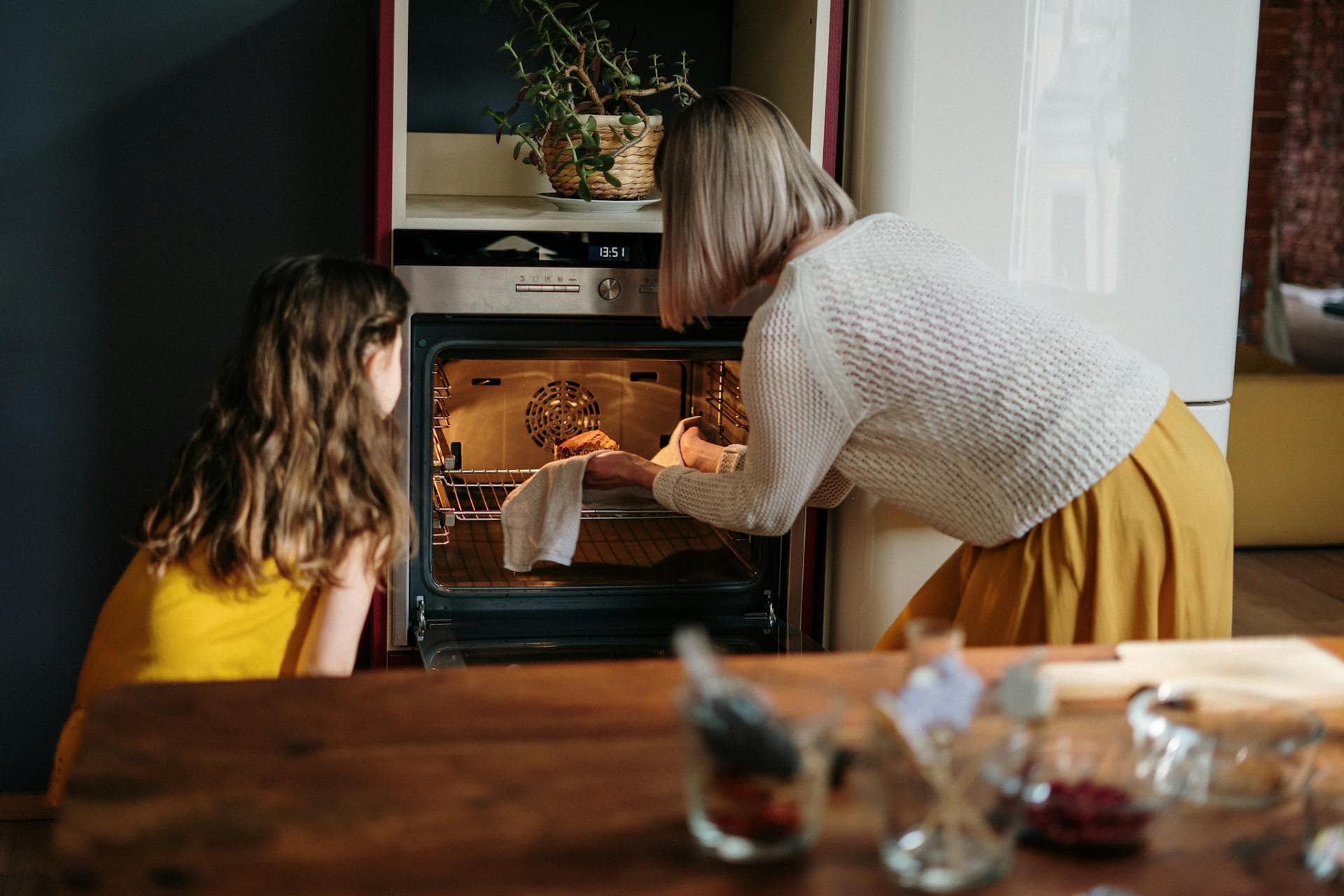
Question: Can You Use a Steam Oven as a Regular Oven?
Answer: Yes, you can use a steam oven as a regular oven? Most steam ovens offer convection baking and roasting modes, essentially functioning as a regular oven in addition to steam cooking capabilities For crispy, browned results, a conventional oven remains the best choice.
Steam Ovens: More Than Just Steam
Can you use a steam oven as a regular oven? This question pops up frequently as more people discover the benefits of steam cooking. These ovens offer moist, healthy meals, preserving nutrients and flavour. But can they replace your conventional oven entirely? This article explores the functionalities of steam ovens, comparing them to conventional ovens and examining their limitations. We will look into the advantages and disadvantages of each cooking method, helping you decide if a steam oven can fulfil your culinary needs. Understanding the capabilities will empower you to make informed decisions about its role in your kitchen.
We will examine specific cooking scenarios, highlighting when a steam oven excels and when a traditional oven proves more suitable. This discussion provides practical examples to illustrate the strengths and weaknesses of both appliance types. By the end of this article, you will possess a clear understanding of whether a steam oven can truly function as your primary oven, or if it serves best as a complementary appliance enhancing your cooking repertoire.
Understanding Steam Oven Functionality
These ovens generate steam by heating water in a reservoir. This steam cooks food evenly and efficiently. They excel at preparing vegetables, fish, and grains, retaining moisture and nutrients often lost in conventional oven cooking. Delicate dishes benefit significantly from the gentle, moist heat.
Many units include combination cooking modes. These modes combine steam with convection heat, offering greater versatility. This combination allows for crisping and browning, expanding the range of dishes you can prepare.
However, steam ovens have limitations. They cannot achieve the high, dry heat necessary for certain baking tasks. Foods requiring a crispy crust, like breads and pastries, may not achieve the desired texture in a purely steam environment.
Click here for more information on cabinet refinishing Toronto
Related Article: Can a Steam Oven Replace a Regular Oven?
Related Article: Should I Use Distilled Water in My Steam Oven?
Comparing Steam and Conventional Ovens
Steam ovens prioritize moisture retention, while conventional ovens excel at dry heat cooking. Understanding this fundamental difference helps you choose the right appliance for each dish. Steaming vegetables yields vibrant, nutrient-rich results, while roasting them in a conventional oven creates caramelization and deeper flavours.
Consider the texture you desire. For crispy, browned results, a conventional oven remains the best choice. When moisture and tenderness are paramount, a steam oven shines.
Cleaning differs between the two oven types. Steam ovens often feature self-cleaning functions that simplify maintenance. Conventional ovens may require more manual cleaning efforts.
Combining the Best of Both Worlds: Combi-Steam Ovens
Combi-steam ovens bridge the gap between steam and conventional cooking. These ovens offer both steam and convection cooking modes, allowing you to select the ideal method for your recipe. This versatility expands your culinary possibilities, enabling you to prepare a wider variety of dishes.
These ovens provide precise control over both temperature and humidity. This control allows you to achieve professional-level results, creating dishes with optimal texture and flavour. They offer the benefits of both steam and dry heat cooking in one appliance.
While combi-steam ovens offer numerous advantages, they represent a higher investment than single-function ovens. Consider your cooking habits and budget when deciding if a combi-steam oven suits your needs.
Choosing the Right Oven for Your Needs
When selecting an oven, consider your cooking style and priorities. If you frequently prepare steamed vegetables and fish, a steam oven might be a valuable addition. For baking enthusiasts, a conventional oven remains essential.
Evaluate your kitchen space. Steam ovens come in various sizes, including compact countertop models. Assess your available space before purchasing a new appliance.
Think about your budget. Steam ovens and combi-steam ovens typically cost more than conventional ovens. Determine your budget constraints and weigh the benefits against the cost.
Conclusion
A steam oven can complement a conventional oven, adding valuable functionality to your kitchen. It excels at certain tasks, like steaming vegetables and fish, but cannot fully replicate the dry heat capabilities of a conventional oven. While a steam oven can handle some baking tasks, it may not achieve the desired results for all recipes.
A combi-steam oven offers the best of both worlds, but comes at a higher price point. Carefully consider your needs, budget, and cooking habits when deciding which type of oven suits you best. Understanding the strengths and limitations of each appliance ensures you choose the right tool for your culinary endeavours. Ultimately, the best oven depends on your individual cooking preferences and requirements.

Blue Malue Get in touch with Blue here.
